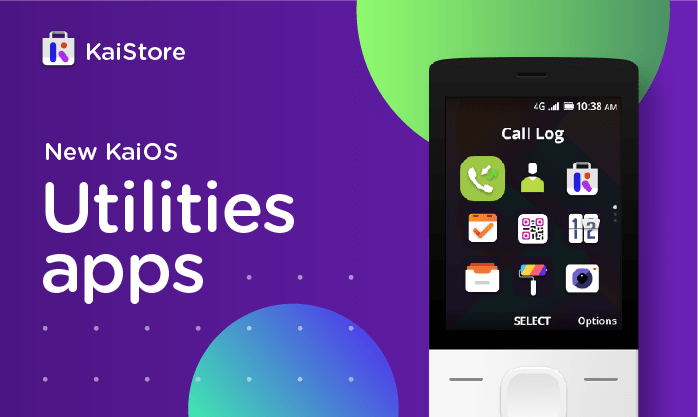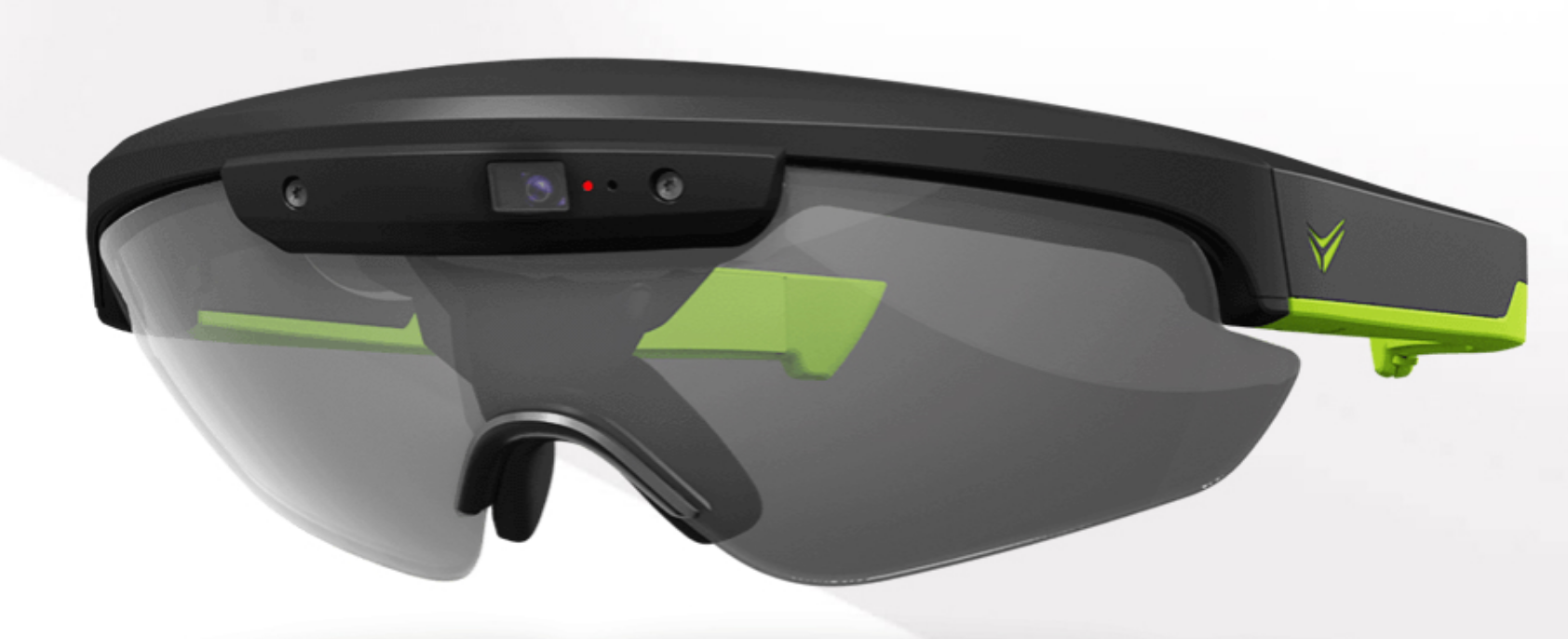South Africa’s upstart data-only network Rain made a big splash at the MWC in Spain.

When the curtain came down on the 2019 Mobile World Congress (MWC) in Barcelona, Spain, last Thursday, it marked the end of five of the most intense days yet in mobile technology.
Not only did the next generation of wireless broadband, 5G, finally prove itself as a revolutionary technology that will change the way the world communicates, but the next wave of innovation in gadgetry also came into focus.
This selection of the best of MWC 2019 excludes the obvious standout: the foldable Huawei Mate X smartphone and tablet, which earned a solo spotlight last week.
The impact of the Mate X, which will initially be priced out of reach of most consumers, had one unfortunate consequence: it overshadowed the vast amount of new technology that will land in ordinary people’s hands.
One thing it did not dampen was the massive hype around 5G, the next generation of communications technology that will allow mobile download speeds of well over 1 Gigabit per second.
We have seen this hype before, at both MWC and the Consumer Electronics Show in Las Vegas. But this time it seemed real: 5G-enabled products were the order of the day, and will come into their own when mobile networks upgrade.
Here are some of the products launched at MWC 2019 that will resonate far beyond Barcelona:
Best new smartphone

Aside from the Huawei Mate X, the Nokia 9 Pureview handset grabbed the most attention. The Pureview is the first truly high-end Android smartphone from the resurrected Nokia brand under HMD Global, the new custodians of the handset brand. T
he handset has a dazzling array of five cameras on the back, with two colour sensors and three monochrome lenses working together to collect up to 10-times more light than a single colour lens of similar specs.
More importantly, it will probably be priced at about R10 000, less than half the cost of flagship mobile phones from other major brands like Samsung and Huawei.
Best new feature phone
KaiOS “smart feature phones” build smart functionality into feature phones, working with the likes of phone brands Nokia and Bullitt – makers of CAT and Land Rover phones – to provide a low-demand operating system that can also run apps like Facebook and Google Maps.
KaiOS has its own app store, carrying the most popular apps that are usually available only to smartphone users. The KaiOS-powered phone being brought into South Africa by MTN was also on display, along with a wide range of other configurations. The best versions were the iconic Nokia 3310 and 8810 feature phones, optimised for the KaiOS app store.
Best new smartphone software: LG ThinkQ
LG surprised MWC with the unveiling of two flagship phones, showcasing the next generation of both the high-end G and cool-end V series. The G8 ThinQ and the V50 ThinQ 5G are as good as almost anything coming from the well-known smartphone brands, and the former may be better than the rest in one department: software.
It is the world’s first smartphone with advanced palm vein authentication, or Hand ID. It identifies owners by recognising the shape, thickness and other characteristics of the veins in the palms of their hands. Placing a pre-registered hand in front of the front-facing camera for a split second unlocks the G8, regardless of ambient light.
Beat new smartphone accessory: 5G Moto Mod
The Motorola smartphone brand made a comeback a couple of years ago when new owners Lenovo launched the Moto Z, which came with a family of “mods” that clip onto the back of the phone and transform it into high-end cameras, sound systems and the like.
The InstaShare mod, a small projector that clips on the back and allows the phone to project movies onto walls or other surfaces in high-definition displays measuring up to 70-inches, was this column’s Accessory of the Year at the time. Now, as the Moto Z enters its third generation, the Moto Mod family is joined, among others, by the Moto Printer and 5G Moto Mod.
The latter is in effect a 5G antennae that clips onto any Moto Z to turn it into a 5G device. This means users of existing handsets do not have to upgrade to expensive new 5G-capable smartphones when networks switch on their 5G capacity.
While 5G is little more than a buzzword for now, the blazing-fast connectivity speeds it offers – well over 1 Gigabit per second – along with low latency, means that it will transform the internet experience over the next two to five years.
Best new 5G Networking Technology: Huawei 5G RAN
Huawei 5G RAN uses something called UL&DL Decoupling Technology to improve coverage and capacity using existing 4G or LTE base stations, without the need to erect new towers.
Aside from being compatible with the current and the next generations of connectivity, it improves coverage and performance up to 10 times thanks to the clustering of antenna within the equipment, as well as cutting edge processors and software designed for peak 5G performance.
Unlike much of the 5G on display at MWC, this was not a prototype. Huawei has already shipped more than 25 000 modules.
Best 5G rollout: Rain Mobile
South Africa’s upstart data-only network Rain made a big splash at the MWC. At a press briefing during the event, Rain chief executive Willem Roos announced that the provider had gone live with the country’s first 5G network, built with both Huawei and Nokia technology.
The first phase of rollout saw 5G sites deployed by Huawei in key areas in Johannesburg, using Huawei’s end-to-end 5G solutions and Rain’s licence for 3.6GHz spectrum, which allows fibre-like speeds.
Best 5G device: HTC 5G Mobile Hub
While Huawei announced a family of 5G routers at MWC, these will only be available towards the end of the year. Meanwhile, HTC unveiled the first dedicated 5G mobile router, the HTC 5G Hub, designed for use in both home and office.
It enables smooth 4K video streaming, low-latency gaming, and 5G mobile hotspot features for up to 20 users. Where 5G is switched on by networks, this gadget could well become the heart of a connected home or small office.
Best VR/AR device: Eyesight
Eyesight shot the lights out with the quality of its augmented reality (AR) smart glasses. Far better-known companies exhibiting similar technology at MWC were put in the shade, thanks to this company’s founders being steeped in fighter jet pilot AR gear.
From that no-compromise world, the tech has been brought to “regular consumers at a reasonable price”. Not only is it slim, sleek and compact, it also looks cool. It uses BEAM projection technology that means it is still effective in bright sunlight – delivering one of the holy grails of AR.
Its most enthusiastic user base presently comprises amateur and professional cyclists, who are using it to complement information on their rides.
Arthur Goldstuck is founder of World Wide Worx and editor-in-chief of Gadget.co.za Follow him on Twitter and Instagram on @art2gee
For more news your way, download The Citizen’s app for iOS and Android.












